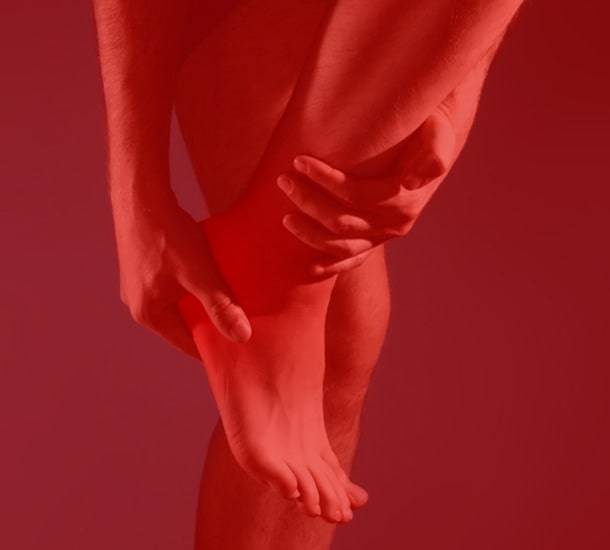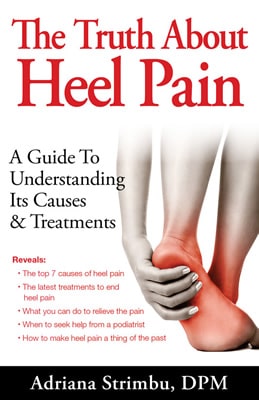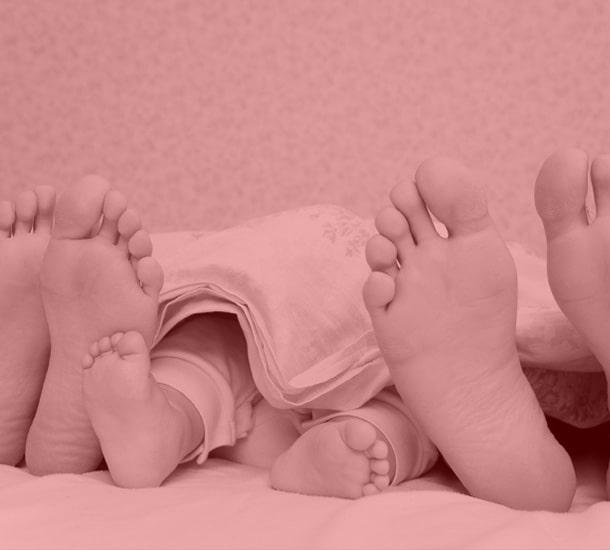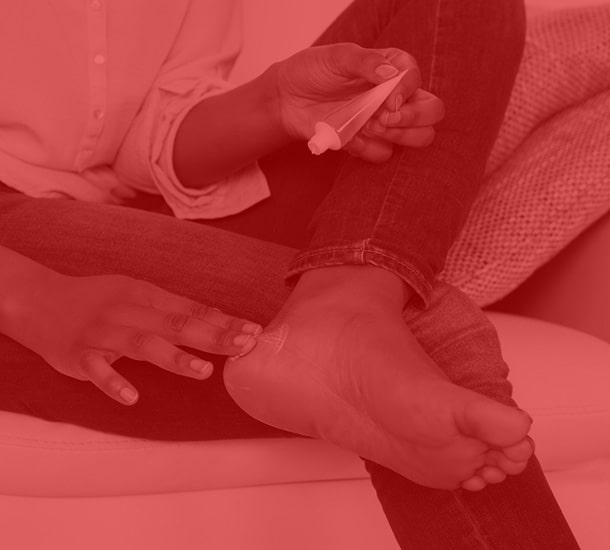
Your feet support your entire body weight and endure constant friction from the size and fit of your footwear. Over time, this stress can lead to the formation of fluid-filled sacs beneath the skin, resulting in painful foot blisters. Foot blisters are often caused by shoes that are either too loose or too tight. They can rub against your skin, causing friction that leads to blister formation. The irritation from an ill-fitting shoe can create a blister in no time, particularly if you're on your feet for an extended period. Engaging in strenuous activities like athletics, running, or hiking can subject your feet to excessive stress and friction. These repetitive movements and the impact of your feet against hard surfaces can create the perfect conditions for blisters to form. In addition, diabetics, especially those experiencing neuropathy, are more at risk of developing recurring sores that resemble burn blisters on the top of the feet. Preventing foot blisters often comes down to choosing appropriate footwear, maintaining good foot hygiene, and avoiding excessive friction. If you have problems with blisters on the feet, it is suggested that you make an appointment with a podiatrist.
Blisters are prone to making everyday activities extremely uncomfortable. If your feet are hurting, contact Adriana Strimbu, DPM of Complete Foot & Ankle Care. Our doctor can provide the care you need to keep you pain-free and on your feet.
Foot Blisters
Foot blisters develop as a result of constantly wearing tight or ill-fitting footwear. This happens due to the constant rubbing from the shoe, which can often lead to pain.
What Are Foot Blisters?
A foot blister is a small fluid-filled pocket that forms on the upper-most layer of the skin. Blisters are filled with clear fluid and can lead to blood drainage or pus if the area becomes infected.
How Do Blisters Form?
Blisters on the feet are often the result of constant friction of skin and material, usually by shoe rubbing. Walking in sandals, boots, or shoes that don’t fit properly for long periods of time can result in a blister. Having consistent foot moisture and humidity can easily lead to blister formation.
Prevention & Treatment
It is important to properly care for the affected area in order to prevent infection and ease the pain. Do not lance the blister and use a Band-Aid to provide pain relief. Also, be sure to keep your feet dry and wear proper fitting shoes. If you see blood or pus in a blister, seek assistance from a podiatrist.
If you have any questions, please feel free to contact our office located in Hallandale Beach, FL . We offer the newest diagnostic and treatment technologies for all your foot care needs.





